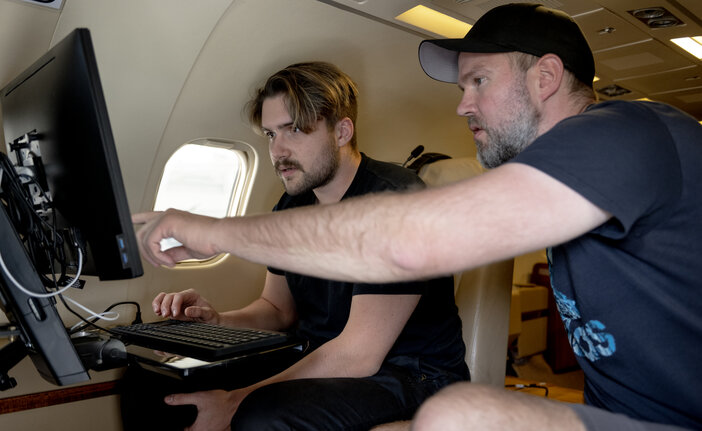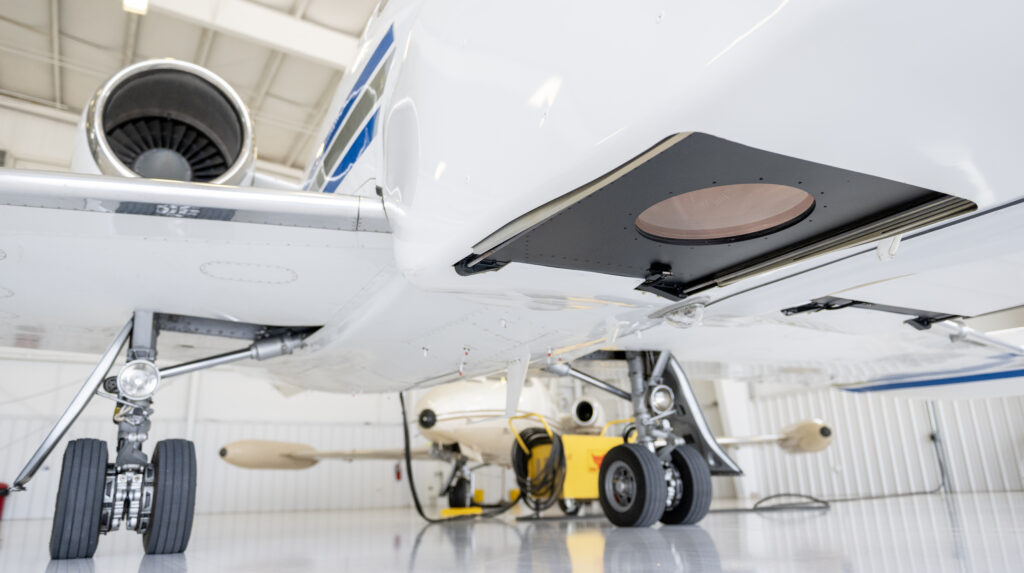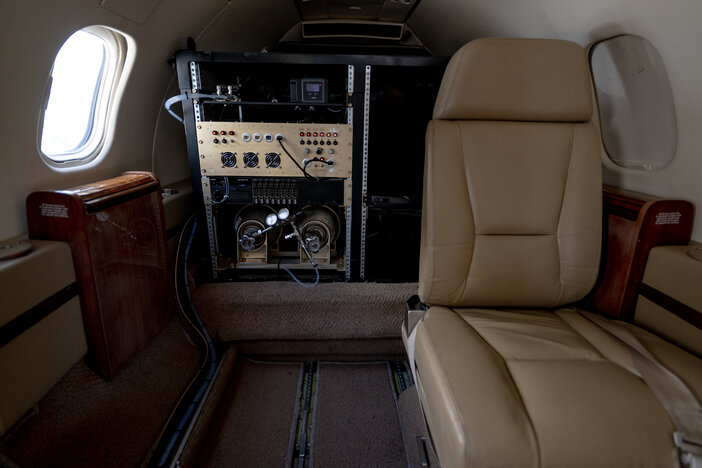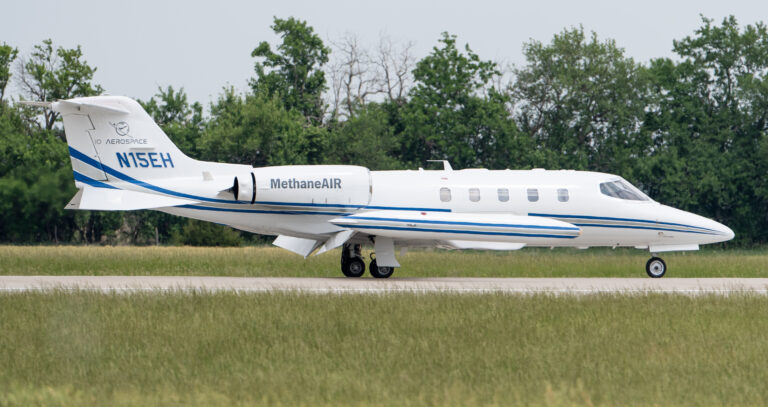The non-profit Environmental Defense Fund has announced that its subsidiary, MethaneSAT, has deployed MethaneAIR, a new methane measurement technology, aboard a specially equipped jet aircraft to measure and track methane from oil and gas operations and other sectors across North America.
Methane from fossil fuel operations, agriculture and other industries causes roughly 30% of today’s global warming. Cutting these emissions is the fastest way to slow the rate of warming while we continue the transition to cleaner energy sources.
MethaneAIR measurements will inform and augment orbital data collection by MethaneSAT, a satellite now in final testing and scheduled to launch aboard a SpaceX Falcon 9 rocket early next year. Data from both instruments will be available at no cost, enabling stakeholders worldwide to see and compare the results over time.
Operating from local airports, flights will map and quantify emissions encompassing roughly 80% of US onshore production.
MethaneAIR was developed jointly by MethaneSAT, the Environmental Defense Fund, Harvard University and the Smithsonian Astrophysical Observatory. The leased aircraft was adapted and operated by IO Aerospace.

Encouraging methane mitigation
As the world’s largest importer of natural gas, it is vital that the EU takes leadership in global action to reduce methane pollution by tackling emissions from imported fossil fuels.
Measurement-based data from MethaneAIR, MethaneSAT and other instruments will facilitate faster action to cut oil and gas methane emissions not just within the EU but also beyond its borders. Most methane emissions associated with EU gas imports occur before they reach the EU. The upstream ‘methane footprint’ is estimated to be up to eight times larger than the emissions from the domestic EU supply chain.
“This data will enable and motivate action,” said Flavia Sollazzo, senior director of energy transition at the Environmental Defense Fund Europe. “For fossil fuel importers like the EU, this new level of transparency will catalyze methane mitigation through more informed buying decisions and the ability to track progress toward the EU’s climate goals.”
According to the International Energy Agency, the spending required to cut methane emissions in the Net Zero Emissions by 2050 Scenario is less than 2% of the net income received by the industry in 2022 globally.
“We have the technology and solutions to cut methane today. Data from these new instruments will tell us where emissions are coming from, how much is being emitted and how emissions are changing over time. This will be a game-changer,” said Daniel Zavala-Araiza, senior scientist at Environmental Defense Fund, which created the MethaneSAT mission in 2018.

Unmatched precision
MethaneAIR and MethaneSAT highly sensitive imaging spectrometers will measure methane in the atmosphere with unparalleled sensitivity, making it possible for the first time to determine total methane emissions over wide areas, including detailed maps of large sources and countless smaller ones down to three parts per billion.
Automated analytics developed by MethaneSAT will track emissions back to their source. Research suggests these diffuse sources account for a large share of total methane emissions.
Measurements from MethaneAIR will start to become available later this summer after a rigorous quality control process. Like MethaneSAT, MethaneAIR will also measure emissions from agriculture, landfills and other sources.




